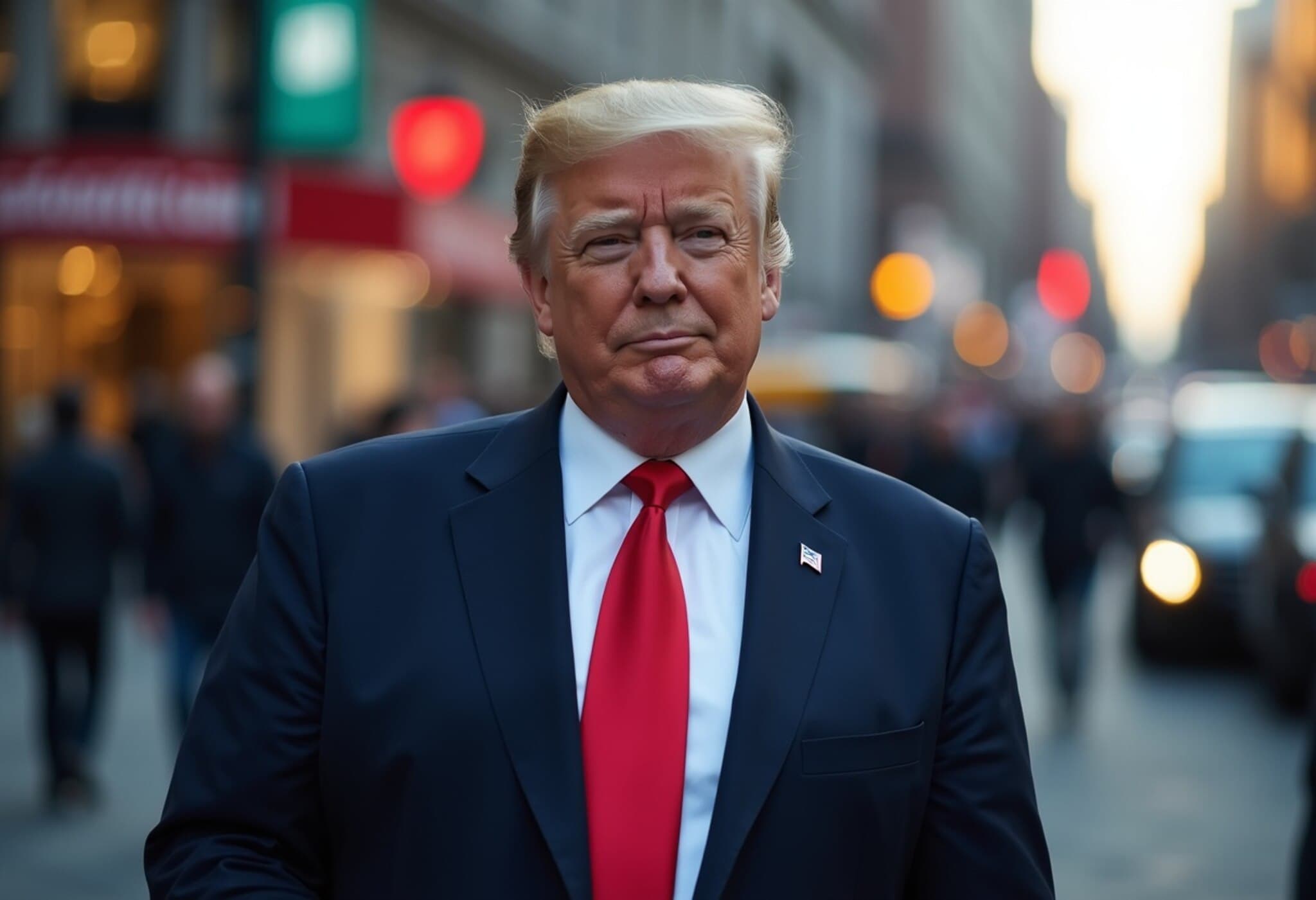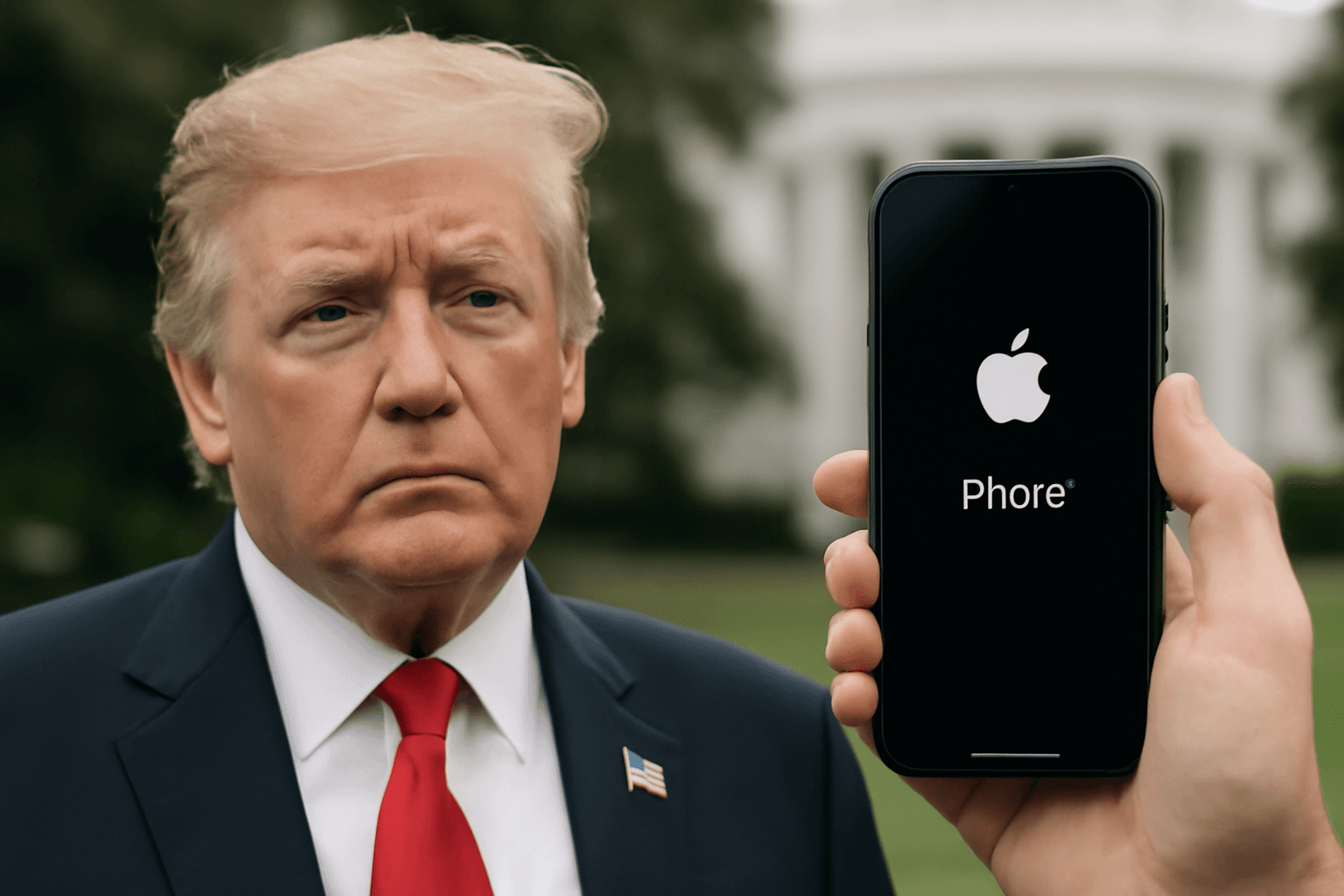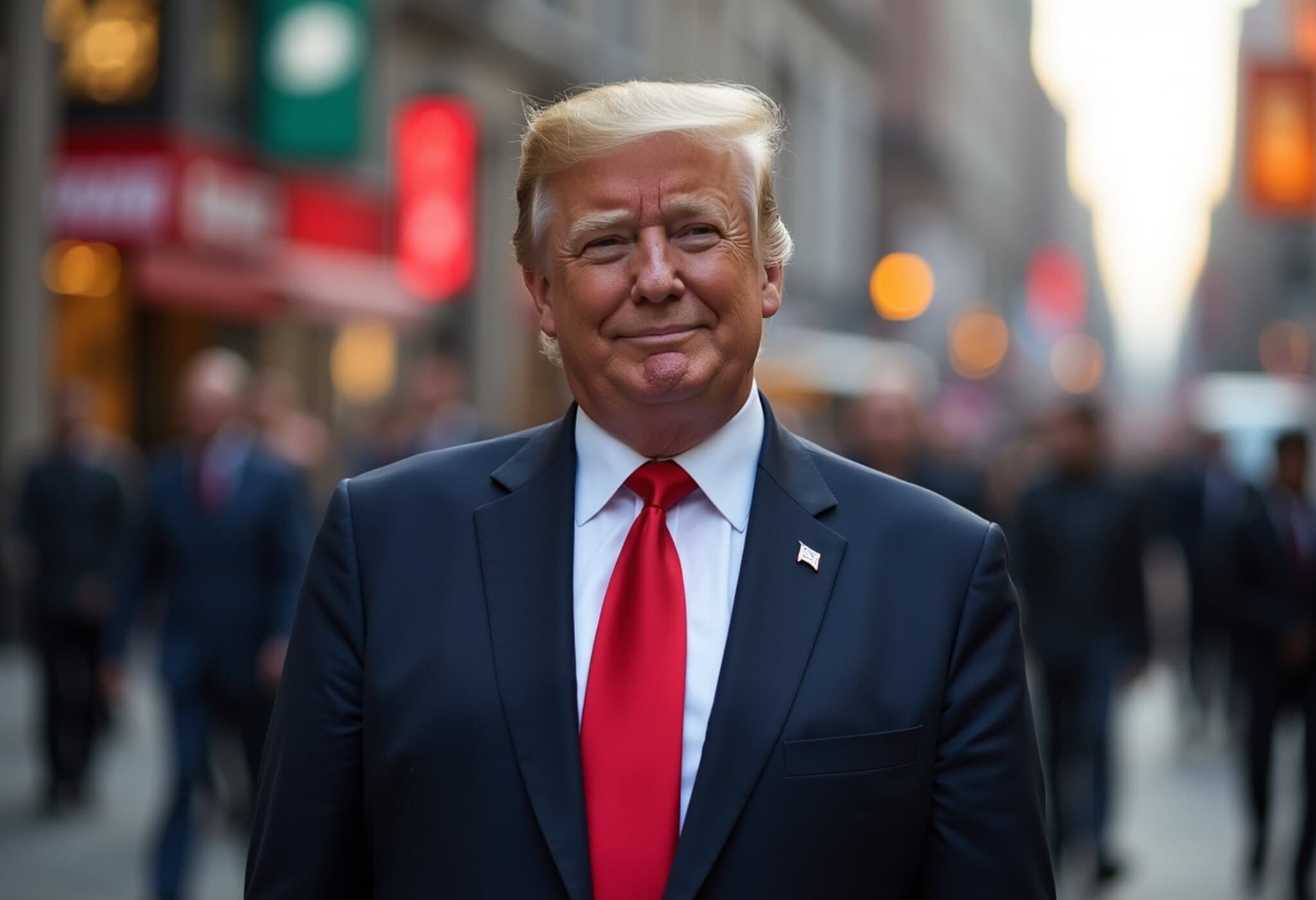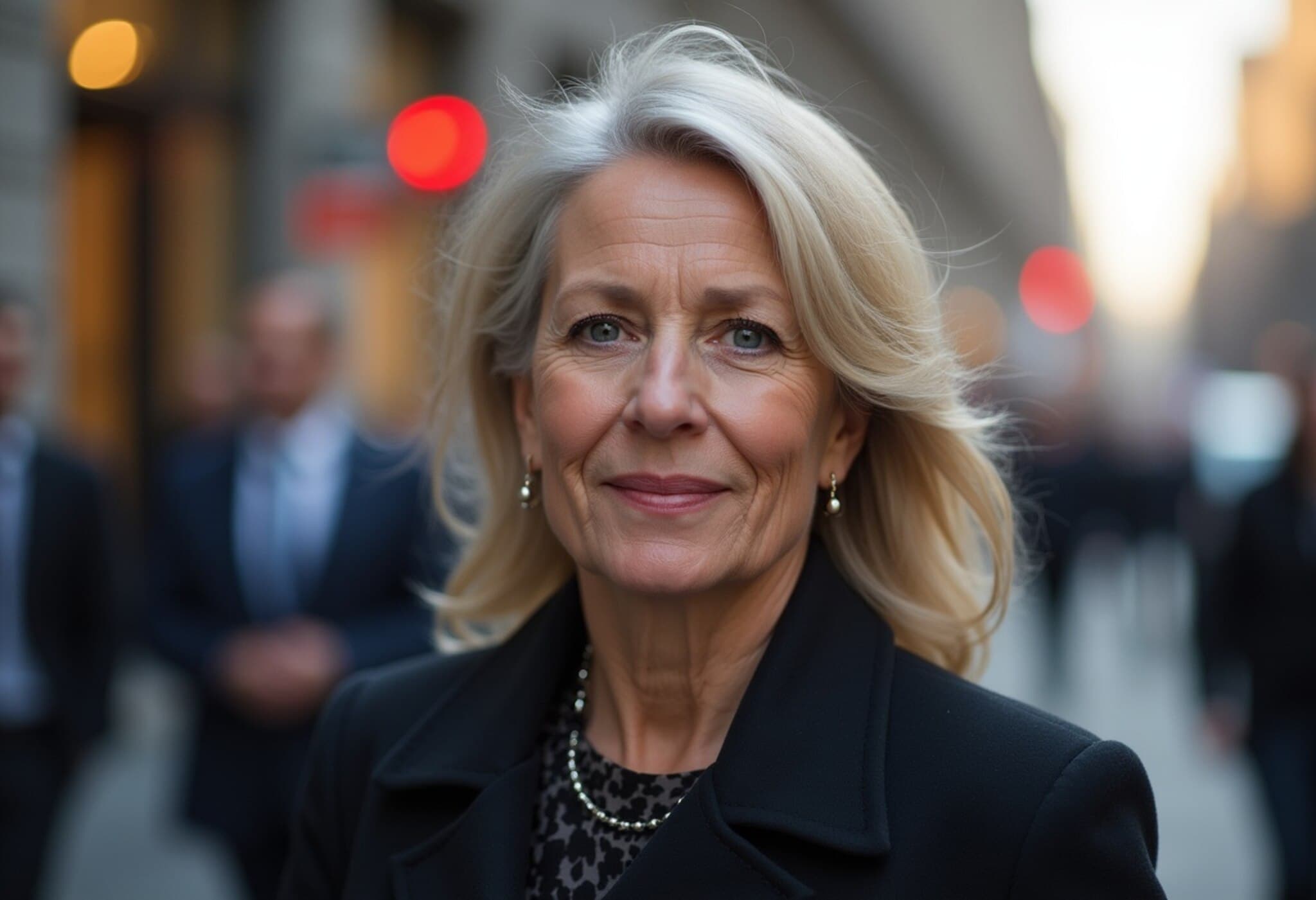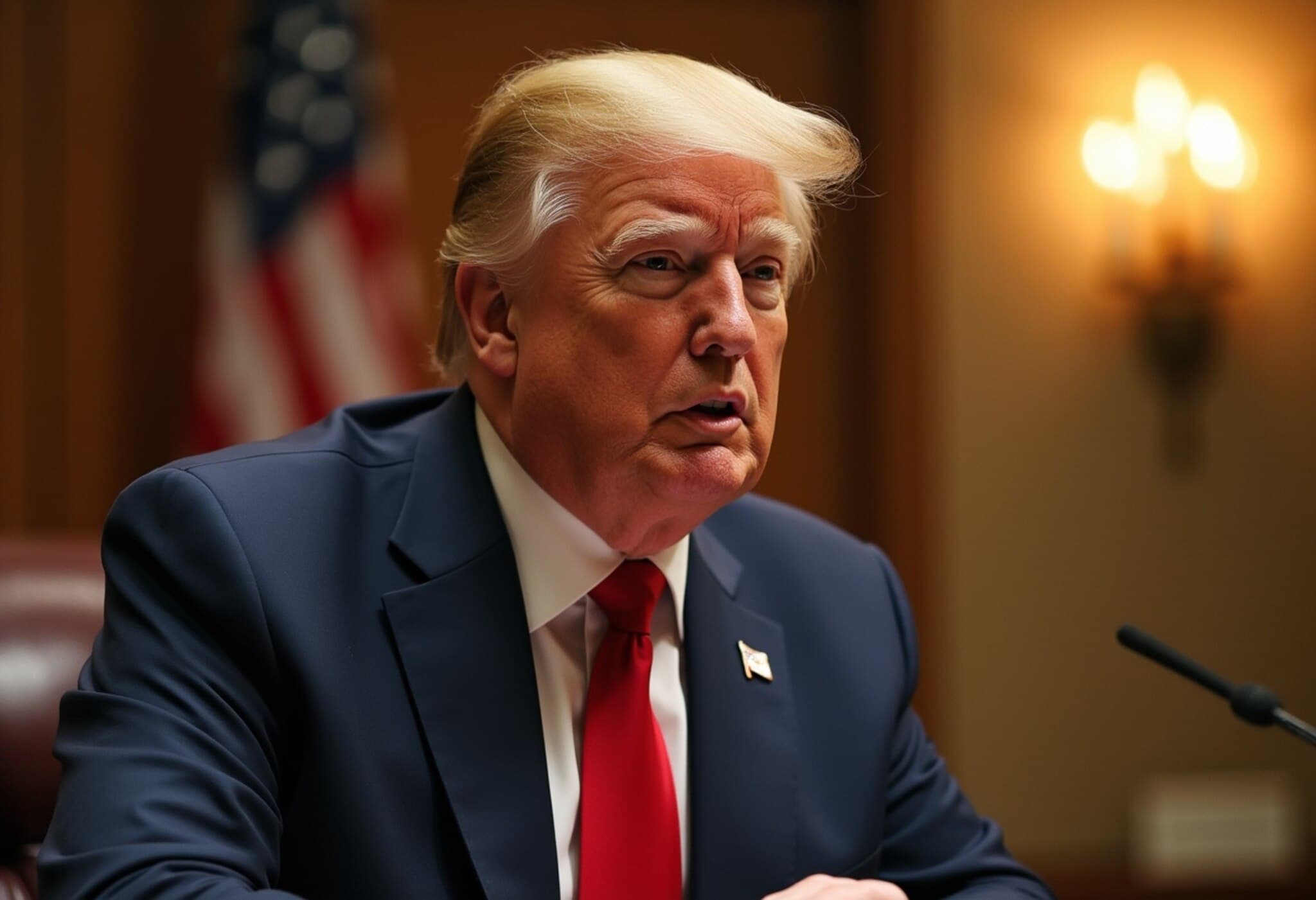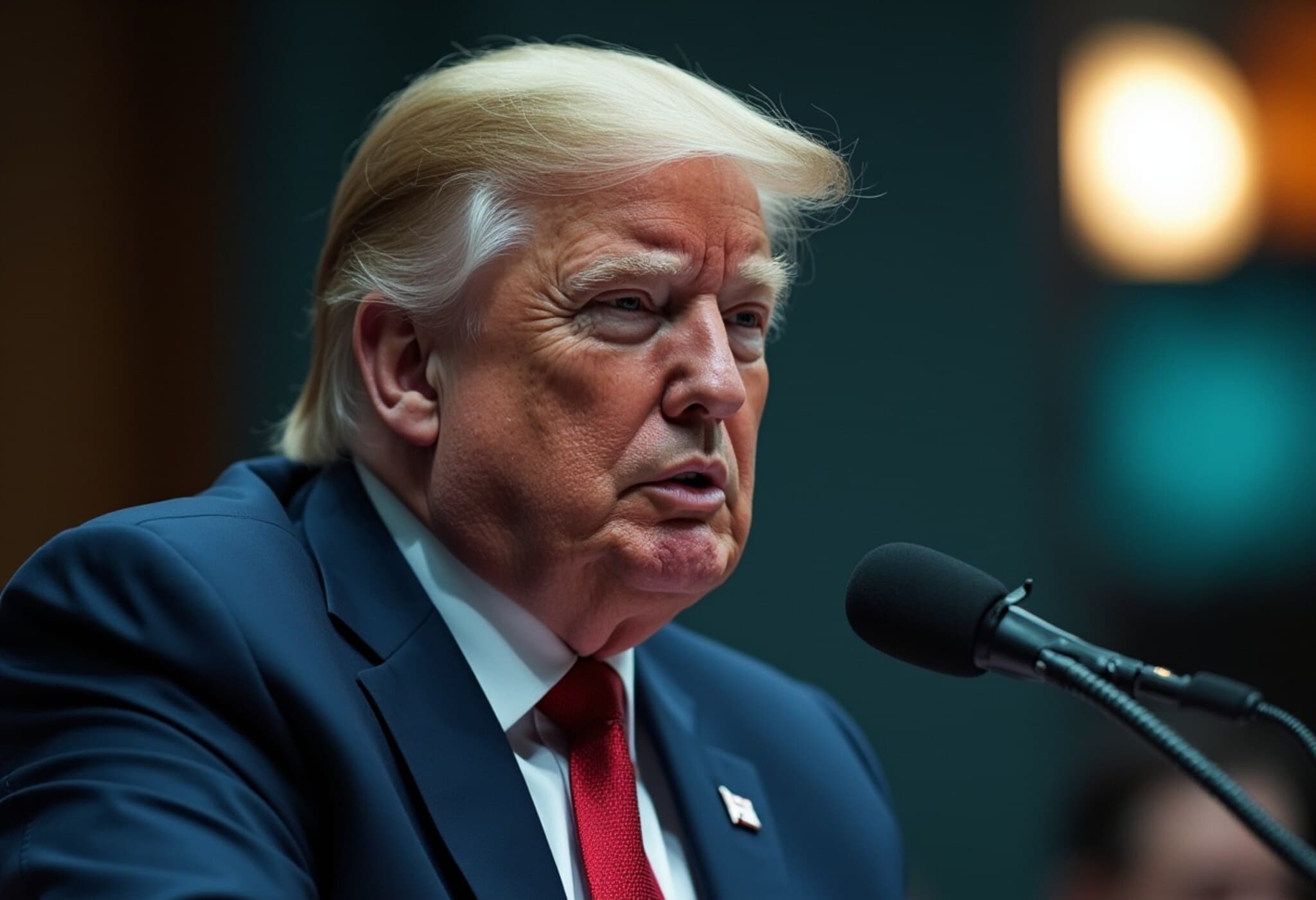Trump Clarifies No Tariffs on Gold Imports Following Customs Ruling
In a surprising turn of events on Monday, former President Donald Trump announced that gold imports will remain tariff-free, effectively overturning a recent U.S. Customs ruling that sought to impose hefty tariffs on certain gold bars imported from Switzerland.
Background: The Customs Ruling and Its Ripple Effects
Until this announcement, U.S. Customs officials had decided that gold bars measuring 1 kilogram and 100 ounces from Switzerland would be subject to a 39% tariff, part of broader measures originally put in place by Trump during his administration. This decision initially sent shockwaves through financial markets and the precious metals industry, as gold prices momentarily soared to record highs.
The Swiss Precious Metal Association raised serious concerns about the ruling’s broader implications. They warned that the tariffs could potentially affect gold imports from other countries—not just Switzerland—threatening a long-standing transatlantic trade relationship. Christoph Wild, president of the association, expressed the industry's apprehension about the negative impact on physical gold exchange and bilateral market stability.
Market Reaction and Potential Economic Implications
Following Trump's announcement on his social platform Truth Social stating, "Gold will not be Tariffed!", gold futures dropped by 2.48%, closing at $3,404.70 per ounce. This reversal calmed jittery investors who had feared steep import costs could disrupt both supply chains and the international flow of bullion.
From an economic perspective, imposing tariffs on gold—a globally traded asset often seen as a hedge against inflation and geopolitical risks—could have unintended ripple effects, including higher costs for American jewelers, manufacturers, and investors reliant on gold as a safe haven asset. Analysts also note that tariffs on precious metals might stimulate price volatility not only domestically but in global markets.
Expert Commentary: Navigating Tariffs in a Global Precious Metals Market
As a legal and trade expert specializing in U.S.-Europe commerce, I see this development as illustrative of the delicate balancing act required in trade policy. While tariffs can sometimes protect domestic industries, in cases like gold—where the U.S. market is deeply intertwined with global producers—such measures can backfire, escalating costs without yielding clear economic advantages.
This episode raises critical questions: How should policymakers calibrate tariffs on universally traded commodities to avoid unintended fallout? To what extent can or should historical trade partnerships shape modern tariff policies? And importantly, how will such decisions impact American consumers and industries in the long term?
Looking Ahead: What This Means for U.S.-Swiss Relations and the Gold Industry
The swift rollback noted here will likely preserve the steady exchange of precious metals between the U.S. and Switzerland, a relationship built on decades of trust and mutual economic benefit. It also signals responsiveness by political leadership to industry concerns and market signals.
However, with ongoing global trade tensions and shifting economic policies, vigilance remains essential. Industry stakeholders and policymakers alike must monitor evolving conditions to ensure the gold market remains robust and accessible.
Key Takeaways
- Trump's announcement officially halts the imposition of a 39% tariff on Swiss gold imports.
- The initial customs ruling threatened to disrupt the transatlantic gold trade and potentially impacted imports globally.
- Gold prices reacted sharply but settled after the tariff suspension, underscoring market sensitivity.
- Experts highlight the complexity of applying tariffs to globally integrated commodities like gold.
- The decision underscores the importance of balancing national trade policy with international economic partnerships.
Editor's Note
While this development temporarily assuages industry concerns, the gold tariff saga highlights broader challenges in global trade governance. Future policy decisions must carefully consider the interconnectedness of commodity markets and the risk of unintended economic consequences. Observers should watch closely how the U.S. manages tariff measures amid evolving geopolitical and economic pressures.


